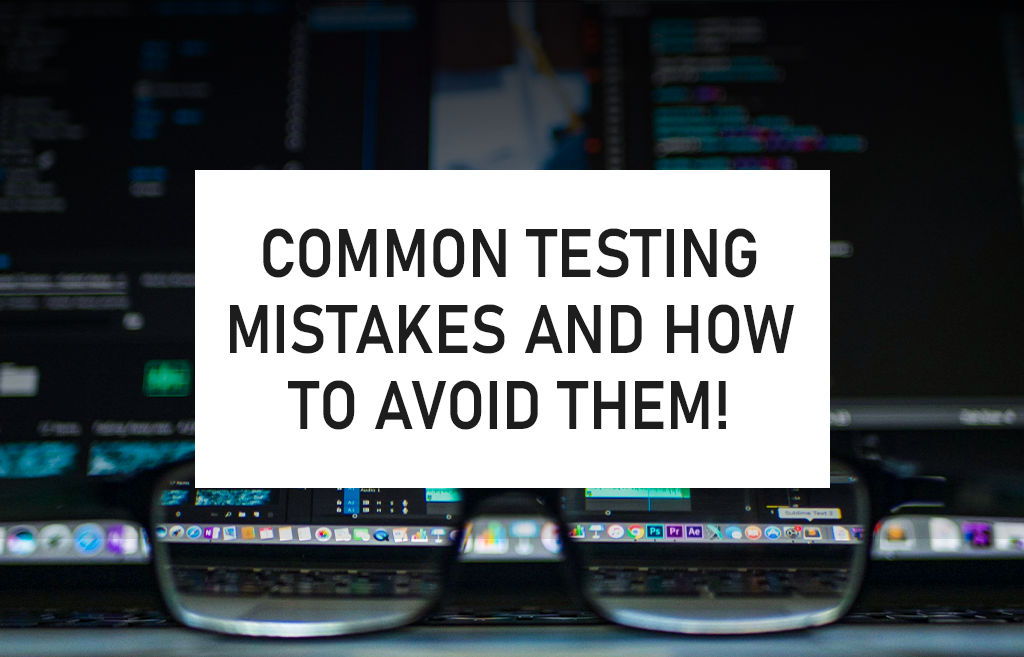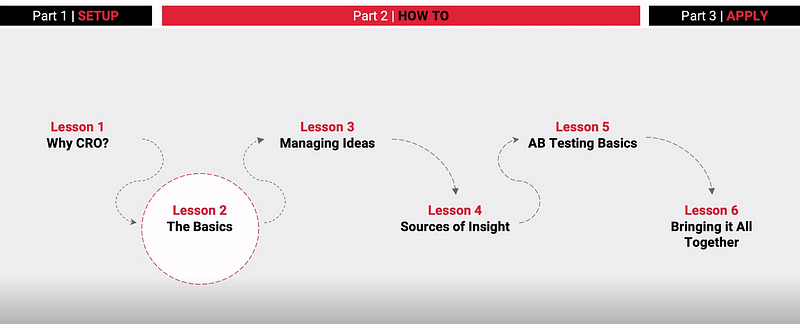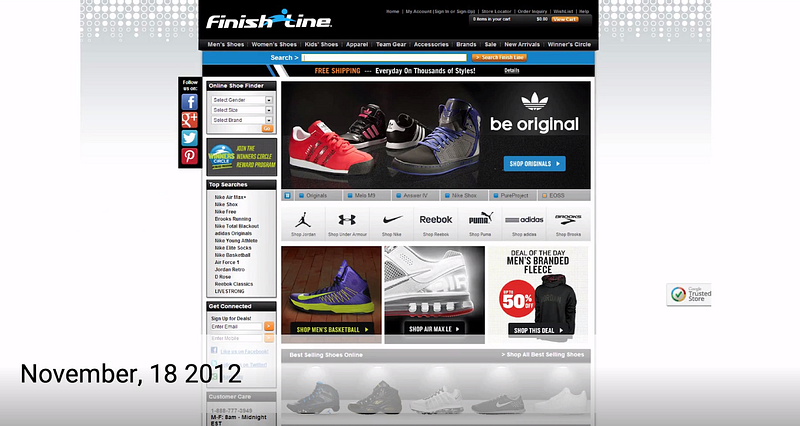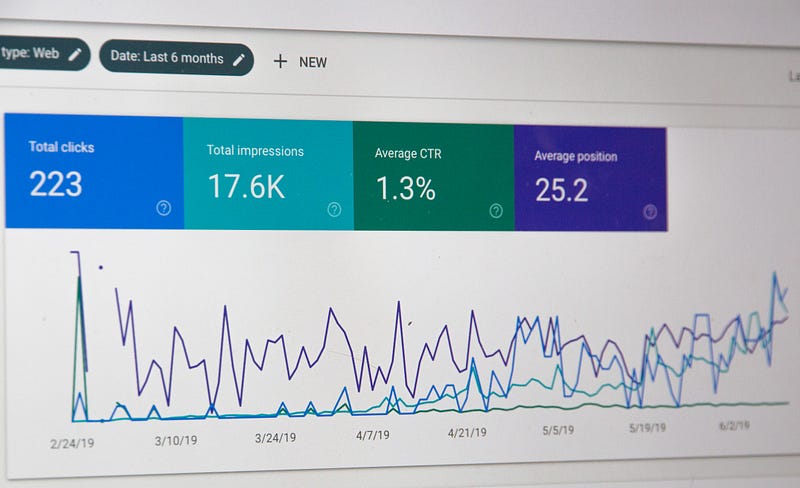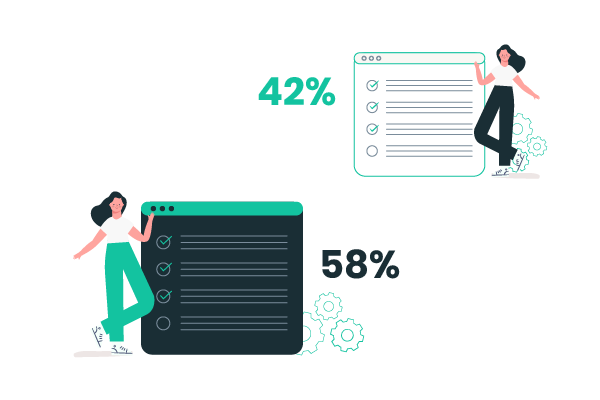It has always been a point of concern for many marketers to find out the reason behind low conversion rates despite their efforts to bring targeted audience to the website or app. In this article, we will go through the common testing mistakes & how we can avoid them. Over the years Conversion Rate Optimization has gained a lot of importance as it helps to reduce customer churn and improve user experience thereby generating much needed revenue.
In the last blog, we learned about cditing & punching up the copy.
Even if we assume that your conversion rate is around 5%-10% that still means that the remaining 90% or 95% of your visitors are not converting! Surely that’s where you need to put your thinking caps on and think why did those 95% fail to convert even though you used highly targeted marketing to bring in relevant traffic that clearly had prior behavior or interest patterns suggesting that they would have been inclined to purchase your product or service.
Testing holds supreme importance in conversion rate optimization. In CRO, testing means that you need to identify the best possible version of your website. It ensures that the amount of effort you put in to bring in qualified traffic to the website converts into actual sales at a higher rate and brings in more revenue. Not only that, testing ensures that good customer experience leads to higher retention rates and hence increase CLV over time.
Importance of Correcting Mistakes:
The main point of testing is to identify flaws in your conversion funnel and take actions to correct them. It is also pertinent to point out that when doing CRO you need to have a buy in from all the stake holders most importantly, the tech team and your high-level management. All to often I have seen great CRO audits being done along with expertly crafted tests that propose the best versions of website landing pages only to be shot down by tech for not being included in their sprint planning or the boss thinks that more time could be spent on customer acquisition campaigns. So, if you are really going to go ahead with CRO then do it right and have the team buy-in.
Testing in CRO is a tricky business. Here are eight common testing mistakes and how you can avoid them.
Mistake#1 Not Letting A Test Run Long Enough:
Many marketers run their tests for a limited period of time and hence their test results are not statistically significant. In order to draw valid inferences from your tests, experts suggest that you should run test for at least a week. As Neil Patel puts it, CRO is a long-term game and you need to play by the book. You need strike a balance when it comes to the length of the test and how many conversions are good enough to draw reasonable conclusions.
Mistake#2 Testing Too Many Small Elements:
If you focus on testing minute features of landing features and not take a holistic approach to testing. Only then you are likely to draw the wrong conclusions from your test. Before going into testing, you need to draw a strategy where you identify elements that create a big impact, test them and then proceed to incremental changes.
Mistake#3 Just Testing Random Things:
Just don’t test random objects on the page. What you are testing needs to be backed by data e.g. a CTA button has achieved a high number of hovers but the click rate is no high thus requiring your intervention and testing various alternatives and finding the best version that gives you the right CTR. Before testing anything ask yourself, why do you want to test it and what should be the expected out come? Tests without a clear supporting hypothesis are bound to fail.
Mistake#4 False Positives:
In my experience I have learnt (mostly the hard way) that the number of iterations is directly proportional to false positive risks. One way to identify if you have a false positive on your hands is to test the winning iteration against itself and use back up tracking.
Mistake#5 Not Knowing When to Say When:
Running a test for far too log can also make it lose its validity. You need to cut out losing iterations quickly to focus on the ones creating significant results. Also, if no big improvements are coming in then you need to stop testing. Go back to the drawing board and re-strategize.
Mistake#6 Failing to Optimize for Each Traffic Source:
You need to test diverse traffic sources differently. For example, traffic coming from Desktop and Mobile behaves differently and your tests need to take this into account. A mobile user’s journey might entail discovery, awareness and creating buying intent but the same person could come to desktop to convert due to various reasons. Hence it is important to treat judiciously treat diverse traffic sources.
Mistake#7 Only Focusing on Conversion Rate:
Conversion rate without its proper context is useless. One of the most common mistakes while doing testing is focusing on final conversions and ignoring rest of the funnel. The point of testing is to ensure smooth user journey and that means optimizing all touch points in that funnel.
Mistake#8 Treating Low Traffic Websites the Same:
With low traffic sites, getting a statistically significant enough sample size is a real challenge. Employing the same tactics that would for high traffic sites when it comes to testing is a common mistake. One size fits all strategy rarely works. You need to outline the right time period and sample size for the test for it to produce valid inferences. Two ways to go around this problem are user testing and heuristic analysis of small groups. These are used to validate any changes or generate constructive feedback.
CRO tests bring high revenues when done correctly. If you can avoid these common mistakes your business can potentially end up saving a lot of money in these tough economic conditions.
